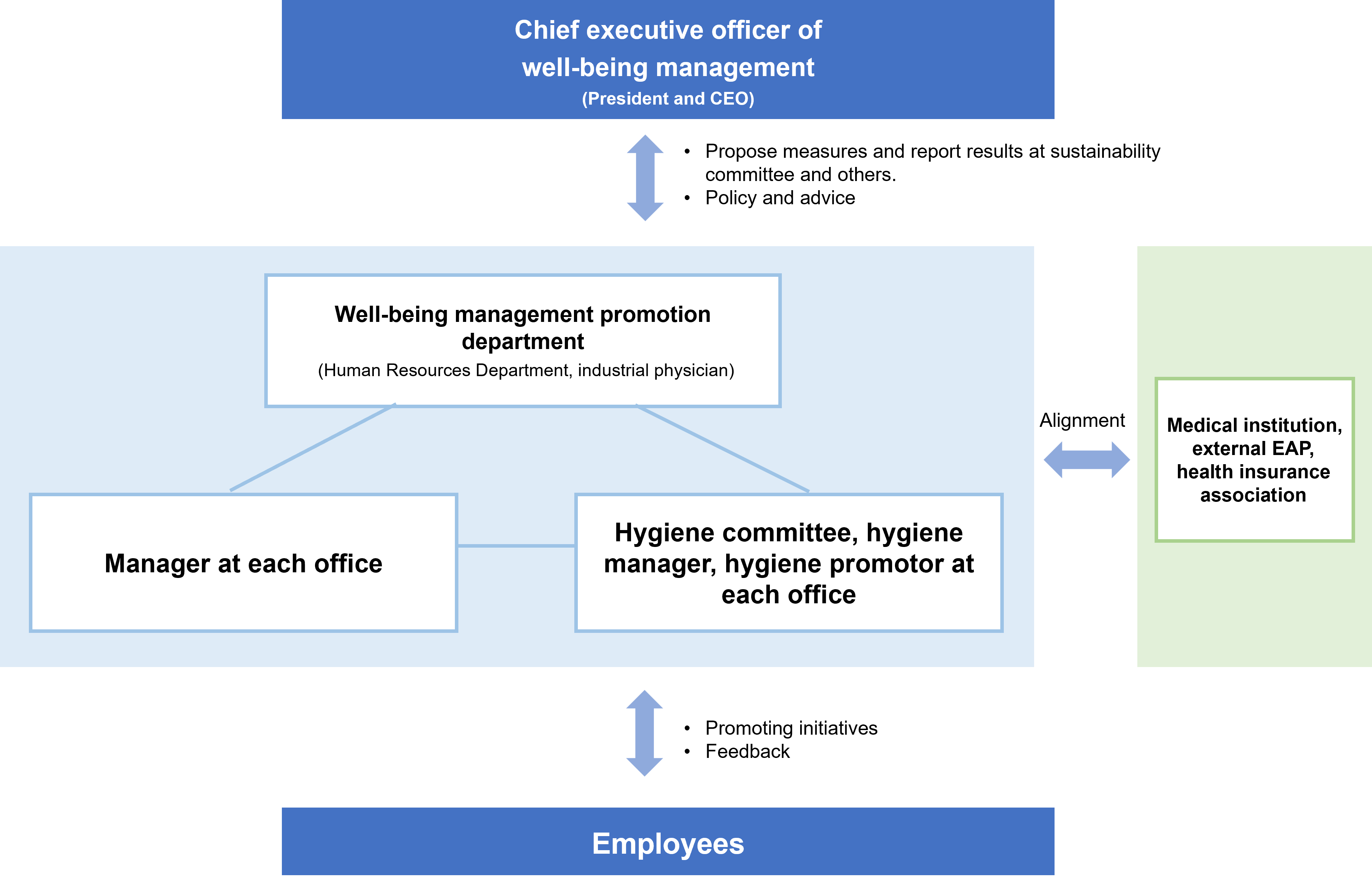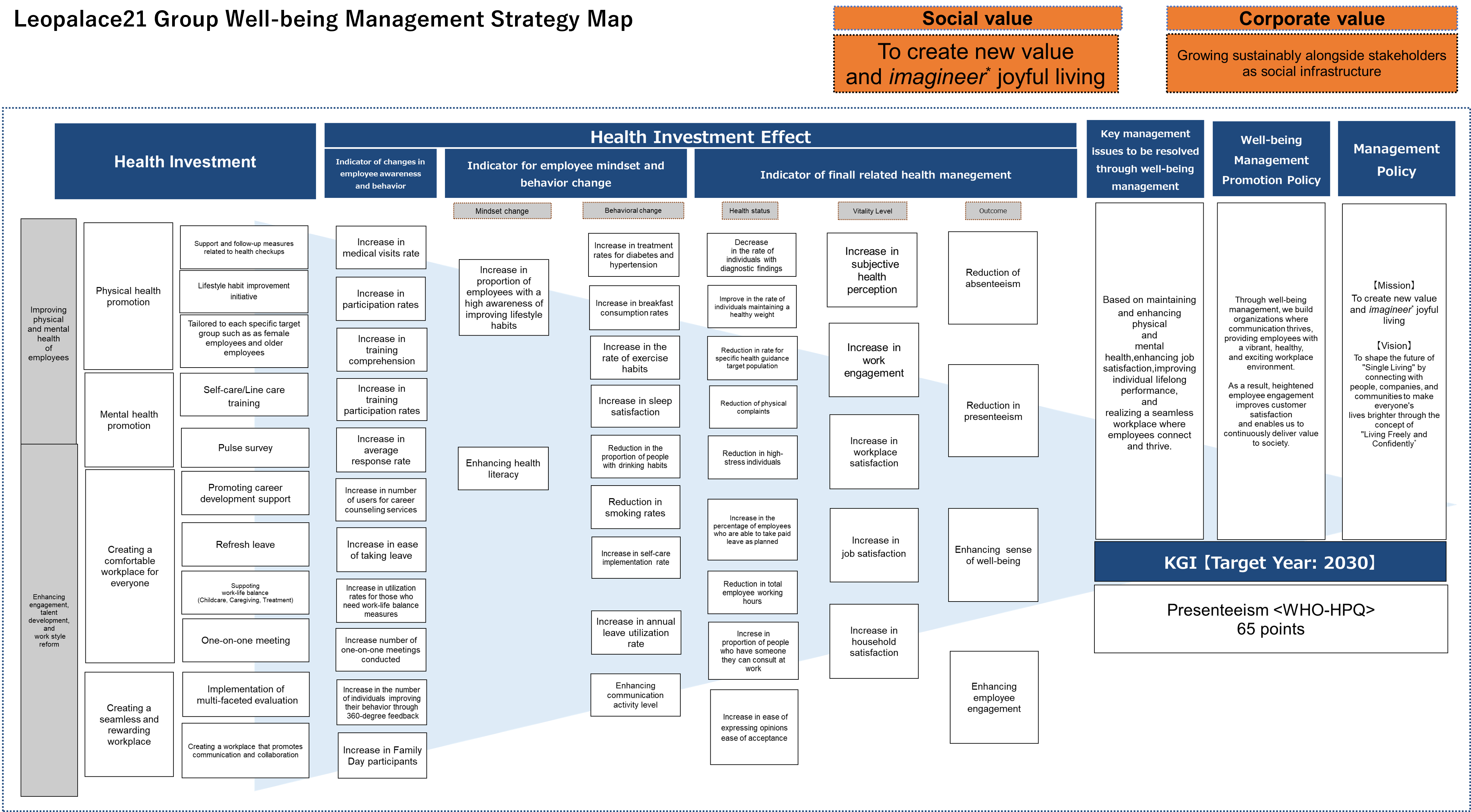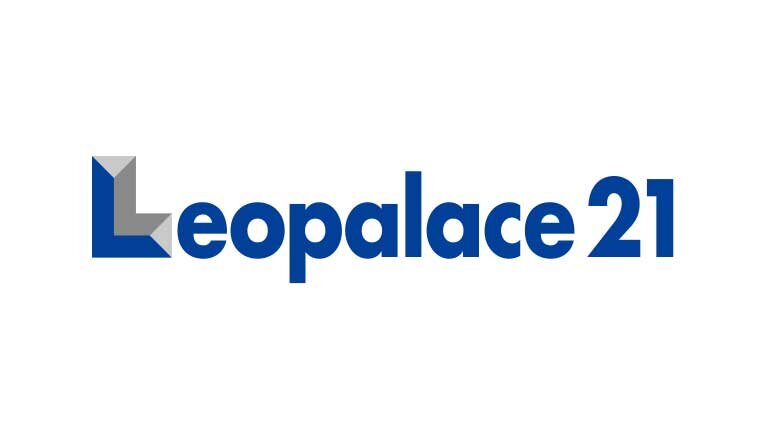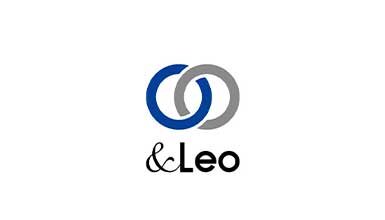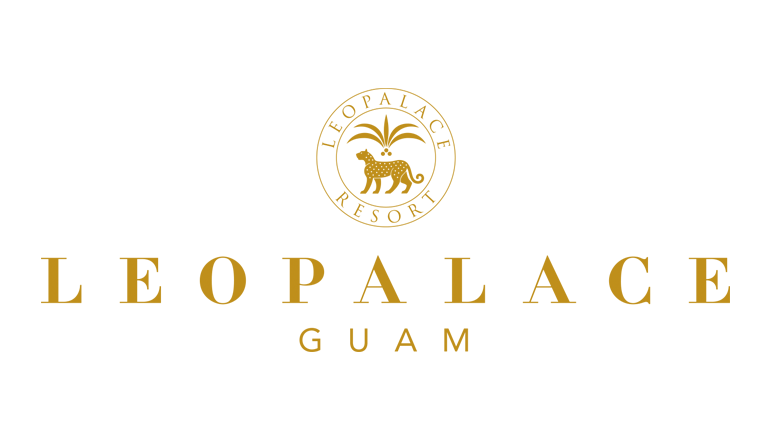Well-being Management
In addition to maintaining and improving physical and mental health, we will revitalize the workplace created by lively connections between employees, and realize good mutual relationships with all stakeholders such as customers, business partners, and shareholders. At the same time, we are working to realize our purpose and achieve sustainable corporate growth. In other words, we aim for "well-being management" that considers how to improve the "well-being" of individuals, organizations, and society as a whole as a management issue.
Declaration of Well-being Management
-
-
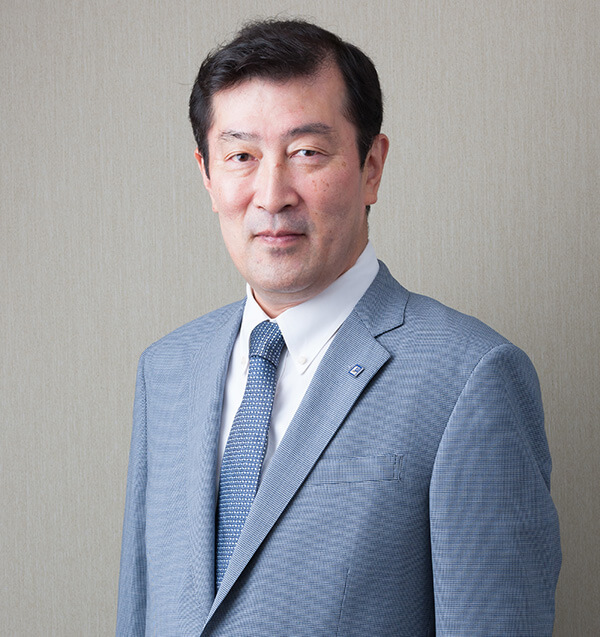
-
We are promoting well-being management in order to constantly take on the challenge of creating new value and contribute broadly to society. We believe that the physical and mental health of each employee and the working environment where they can work energetically are the sources of innovation.
President and CEO
Bunya Miyao
-
Promoting System for Well-being Management
As shown in the diagram below, the president himself serves as the chief executive officer and promotes well-being management. Positioning the Human Resources Department as the well-being management driving force involving the public health nurses and counselors, and sharing and reporting with each department manager, Health Committee (including Health managers and Health promoters), Sustainability Committee, and external organizations. We will develop various measures while deepening cooperation with them.
Issues and Policies
Three issues to focus on
- Promotion of smoking and non-smoking measures (measures against passive smoking, individual counseling for smokers, etc.)
- Individual health promotion support (enhancement of support related to health checkups, implementation of walking events, etc.)
- Mental health support (line care training, self-care training, etc.)
Policies
- With the President and CEO as the chief executive officer, the Human Resources Department, each office, and Health Committee promote well-being management in cooperation with external organizations.
- In addition to physical examinations and stress checks, we will use internal questionnaires to promote mental health from the prevention stage, take measures against lifestyle-related diseases, and implement measures to improve engagement.
- Efforts to visualize the current status of health and the work environment to employees so that they can think about it as their own.
- Promote work-style reforms and human resource development measures that form the foundation for creating an environment where everyone can work with peace of mind and grow.
Numerical targets and initiatives are as follows.
Numerical Targets for Health Care Measures
| Category | Items | 2021 | 2022 | 2023 | 2024 | 2025 | Target | |
|---|---|---|---|---|---|---|---|---|
| Physical and mental health | 1 | Health checkup/complementary checkup rate | 100% | 100% | 100% | 100% | being compiled | 100% |
| 2 | With findings rate | 74.1% | 85.2% | 85.1% | 86.7% | being compiled | 65% | |
| 3 | Detailed examination participation rate | 45.4% | 27.1% | 74.8% | 84.3% | being compiled | 80% | |
| 4 | Specific health guidance consultation rate | 31.2% | 20.0% | 71.8% | being compiled | being compiled | 90% | |
| 5 | Treatment rate among hypertensives | 82.8% | 79.8% | 78.7% | 80.7% | being compiled | 95% | |
| 6 | Rate of taking stress checks | 94.9% | 97.1% | 98.6% | 99.4% | being compiled | Maintain over 90% | |
| 7 | Rate of employees with high stress | 11.1% | 11.3% | 9.3% | 8.2% | being compiled | 10% | |
| 8 | Work engagement scale | ー | 3.1 | 3.0 | 2.9 | 3.0 | 3.2 | |
| 9 | Leave of absence due to mental illness | 0.67% | 0.61% | 0.75% | 0.67% | being compiled | 0.6% | |
| 10 | Leave of absence due to other illnesses | 0.35% | 0.4% | 0.18% | 0.06% | being compiled | 0.6% | |
| 11 | Presenteeism | - | 64.4 | 61.8 | 61.1 | 61.8 | 65 | |
| 12 | Absenteeism | 2.3 days | 2.3 days | 2.7 days | 1.5 days | being compiled | Maintain | |
| 12-2 | Average number of days of sick leave taken due to illness or injury | - | - | - | - | 2.7 days | - | |
| Workplace environment | 13 | Consultation behavior rate (with superiors/colleagues) | 37.6% | 38.1% | 38.8% | 38.8% | 38.3% | Increase year by year |
| 14 | Ease of taking holidays (satisfaction) | - | 7.3 | 7.3 | 7.5 | 7.4 | Maintain over 7 | |
| 15 | Ease of expressing opinions (satisfaction) | - | 5.7 | 5.7 | 5.8 | 6.0 | Increase year by year | |
| Lifestyle impact | 16 | Smoking rate | 34.9% | 31.8% | 29.3% | 26.9% | 26.3% | 23% |
| 17 | Breakfast intake rate | 62.1% | 65.6% | 67.1% | 67.7% | 68.1% | 75% | |
| 18 | Exercise habit ratio | - | 32.6% | 34.3% | 34.4% | 35.9% | 50% | |
| 19 | Drinking rate | - | - | 18.9% | 18.7% | 18.8% | 15% | |
| 20 | Rate of feeling sleepy during the day | 36.5% | 38.1% | 40.7% | 41% | 40.4% | 35% | |
| Health literacy | 21 | Information gathering ability | - | 84.5% | 83.7% | 85.4% | 86.2% | Increase year by year |
| 22 | Information selection ability | - | 71.8% | 70.6% | 69.5% | 71.7% | Increase year by year | |
| 23 | Information transmission ability | - | 58.9% | 58% | 58.6% | 61.2% | Increase year by year | |
| 24 | Information judgment ability | - | 54.1% | 52.6% | 53.1% | 57.4% | Increase year by year | |
| 25 | Self-determination rate | - | 59.1% | 59.3% | 60.9% | 60.1% | Increase year by year | |
Please see Diversity for figures related to working styles such as overtime hours, paid leave acquisition rate, and job turnover rate.
Please find Leopalace21's health questionnaire results (age 40+) (Japanese language only)
(Notes)
- The targets denote medium-term ones, namely three to five years from 2023.
- The items 1, 2, 3, 4, 5, 8, 9, 10, 11, 12 are on a non-consolidated basis and the others on consolidated basis.
- 3: Stipulated in the Industrial Safety and Health Act.
- 5: Scope for employees over 40 years of age.
- 8,11,12-2: 3,285 respondents, 93.1% response rate in 2025.
- 8: Utrecht Work Engagement Scale (3-item version) was used.
- 9,10: Percentage of employees absent or on leave due to injury or illness for one month or more at the end of the fiscal year.
- 11: In accordance with WHO-HPQ.
- 12: Average number of days of sick leave and medical leave taken per employee.
- 12-2: We conducted a survey asking, "How many days did you take off work due to your own illness last year (including paid leave)?" and calculated the results.
- 13: Use occupational health and safety survey.
- 14, 15: Created independently based on surveys on satisfaction and quality of life.
Average of the result with 0 meaning the lowest and 10 meaning the highest satisfaction level. - 18: Percentage of respondents who exercise at least twice a week.
- 19: Those who drink alcohol in amounts that increase the risk of lifestyle diseases (calculated by the following method based on net alcohol intake of 40 gram or close per day for men and 20 gram or close per day for women).
There are 20 grams of alcohol contained in 180 ml of Japanese sake.
(1) Men: Those who drink 360 ml or more of sake every day, or 360 ml or more of sake 5-6 days a week, or 560ml or more of sake 3-4 days a week, or 900ml or more of sake 1-2 days a week, or 900 ml or more of sake 1-3 days a month.
(2) Women: Those who drink 180 ml or more of sake every day, or 180 ml or more of sake 5-6 days a week, or 180 ml or more of sake 3-4 days a week, or 540ml or more of sake 1-2 days a week, or 900 ml or more of sake 1-3 days a month. - 21-25: Using the CCHL, Communicative and Critical Health Literacy, scale.
Percentage of respondents who strongly agree to somewhat agree to the question: If I needed to, I would be able to find and use information related to my illness or health on my own.
Initiatives
Health and Productivity
-
Ministry of Economy, Trade and Industry and Nippon Kenko Kaigi, or an assembly of health promotion organizations jointly praise good-performing large and medium to small companies which supports employees' health management in accordance with addressing regional health issues and promoting health-related measures. We have been praised for nine consecutive years since FY2016.
-
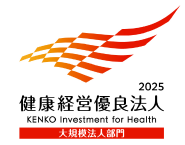
Holding Health FORUM
-
We held the Health FORUM events at its head office in fiscal years 2024 and 2025, aimed at raising employee health awareness and promoting wellness.
As part of our human capital management, we prioritize advancing well-being management. We believe that when employees proactively engage in health management, it leads to better occupational health, improved work efficiency, and greater job satisfaction. Through this event, we aim to foster positive impacts on work and cultivate a sense of fulfillment by raising employee interest in their own health, while also building a foundation for promoting well-being management.
Furthermore, by collaborating with corporate clients to hold these events, we not only support employee health but also strengthen inter-company relationships, aiming to realize well-being management across society as a whole. In fiscal year 2024, we received cooperation from 11 corporate clients, and in fiscal year 2025, from 10 corporate clients. Through booth exhibitions and seminars, they provided tremendous support in raising employee health awareness.
We express our gratitude to the corporate clients who cooperated in these activities and have listed them below as a token of our appreciation.
Participating companies (Japanese language only) -
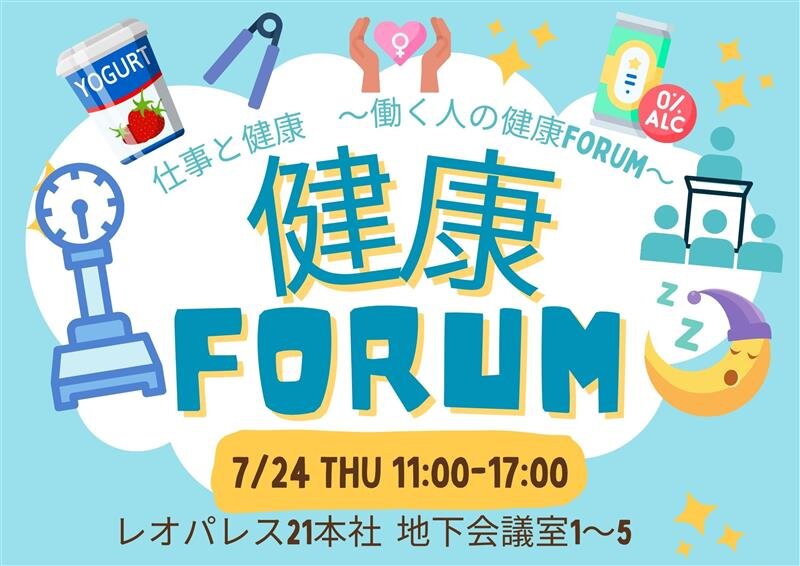
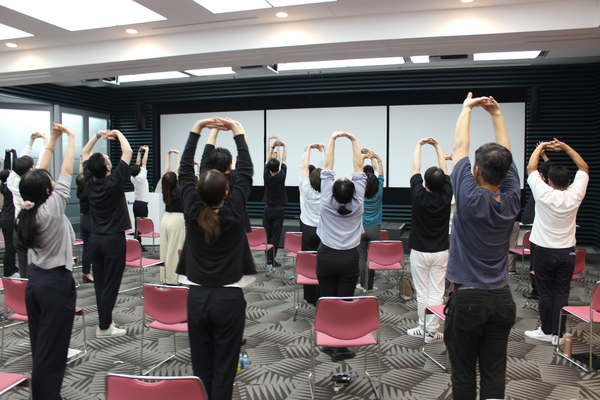
Non-smoking Promotion
In FY2016, we started an internal survey for the first time, and we were able to ascertain that our smoking rate is more than double the national average. For this reason, we have established a policy to strengthen our non-smoking initiatives at the time of the revision of the Health Promotion Act in 2020. In 2021, we implemented a non-smoking declaration and a four-year plan to promote smoking cessation in order to prevent health damage caused by smoking and passive smoking. We also announced the issuance of workplace smoke-free policy declaration on May 1, 2024.
In terms of activities, in addition to training on smoking cessation, we discussed and decided the environment and rules related to smoking with smokers at in-house smoking discussion meetings and Health Committee in which smokers participate.
As a result of these efforts, the smoking rate has decreased by 10.3% (2023: 29.3%) compared to the FY2016 internal survey result. Going forward, we will continue to create a productive and healthy work environment with the understanding of employees.
※Notice of Workplace Smoke-free Policy Declaration dated on May 1, 2024
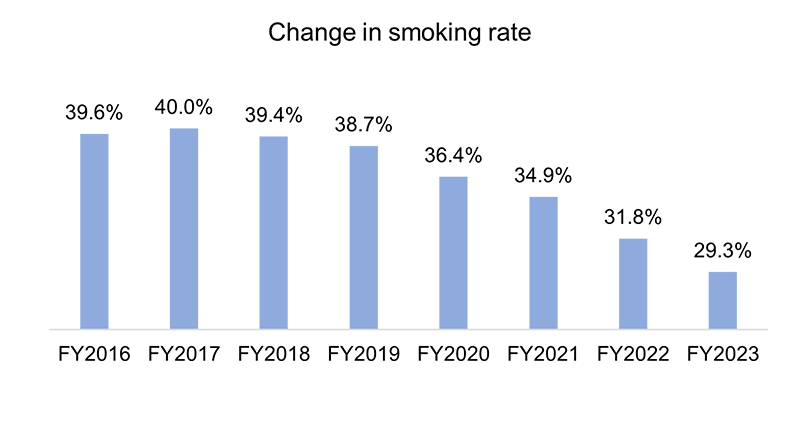
Related to health checkups
We provide all employees with annual E-learning on health management, including health checkups, and maintain a 100% health checkup rate. In addition, in-house health nurses recommend and provide health guidance to those who require medical examinations based on the results of their health checkups.
Walking event
We have been holding an annual walking event for all employees since FY2023 under the slogan, "Participating in with fun and you feel more positive in work and life." There were 631 people participated in the event, including employees of group companies across Japan in FY2024.In response to a question on satisfaction in a post-event questionnaire, 86.6% of all respondents answered "somewhat satisfied/satisfied,"indicating a very high level of atisfaction.
Geppo Pulse Survey*
We introduced the Geppo Pulse Survey in August 2023. This survey serves as an opportunity for employees to reflect on their work and gain self-awareness, while also functioning as a tool to promote communication within the organization. It contributes to the growth of each employee and the revitalization of the workplace.
Over two years have passed since its introduction, and the average response rate has remained consistently high at over 90% each month.
Additionally, 19.8% of employees responded that "communication has increased," indicating it is contributing to enhanced workplace communication.
*Geppo Pulse Survey (including organizational survey)
JPY 547,800 / month × 12 months = JPY 6,573,600 (tax included)
Improving health literacy and lifestyle habits
We implement measures related to health, such as diet, sleep, and exercise, as well as measures to improve health literacy every year.
Health training and awareness raising initiatives
We are striving to emphasize the importance of disciplined life by providing training on mental and physical health through e-learning and webinars, by arranging a dietary habit improvement month, and by encouraging employees to commute in sneakers. In addition, we publish an annual Wellness Report analyzing the results of in-house surveys to visualize the state of health and to raise the health awareness of every employee.
| Month/Year | Initiatives | Target | Tool | Numerical data |
|---|---|---|---|---|
| May 2023 | Improve Wellness E-learning: Diet Behavior and Mental Health Related to Health and Work | All employees | E-learning | 78.2% |
| May 2023 | Health Promotion Seminar | All employees | Webinar | 108 persons |
| July 2023 | What Managers Need to Know About Line Care | All managers | E-learning | 83.8% |
| July 2023 | Linecare Web Seminer | All managers | Webinar | 100 persons |
| August 2023 | Creating a Workplace Where Everyone Can Thrive: E-learning for Promoting Women's Participation | All employees | E-learning | 84.2% |
| October 2023 | Simple Relaxation Yoga at Work | All employees | Webinar | 42 persons |
| December 2023 | Towards a Completely Smoke-Free Premises in 2024: Learn About Promoting Smoking Cessation | All employees | E-learning | 85.3% |
| July 2024 | Let's Learn About Tobacco | All employees | E-learning | 88.8% |
| August 2024 | Improve wellness E-learning: Women's Health, Headaches, and Sleep | All employees | E-learning | 88.4% |
| July 2025 | Seminar by Ms. Riko Higashio of TGP Corporation "Support Begins with Understanding Infertility, Menstruation, and Menopause" | All employees | Health FORUM/Archive Distribution | 68 persons |
- A part of the implemented initiatives are described in the above table.
- The numerical data represents the group-wide participation rate.
- For details of the initiatives, please refer to Announcement Regarding Issuance of Leopalace21 Wellness Report 2023.
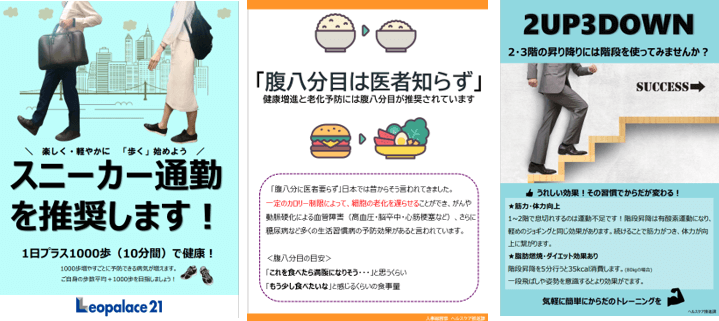
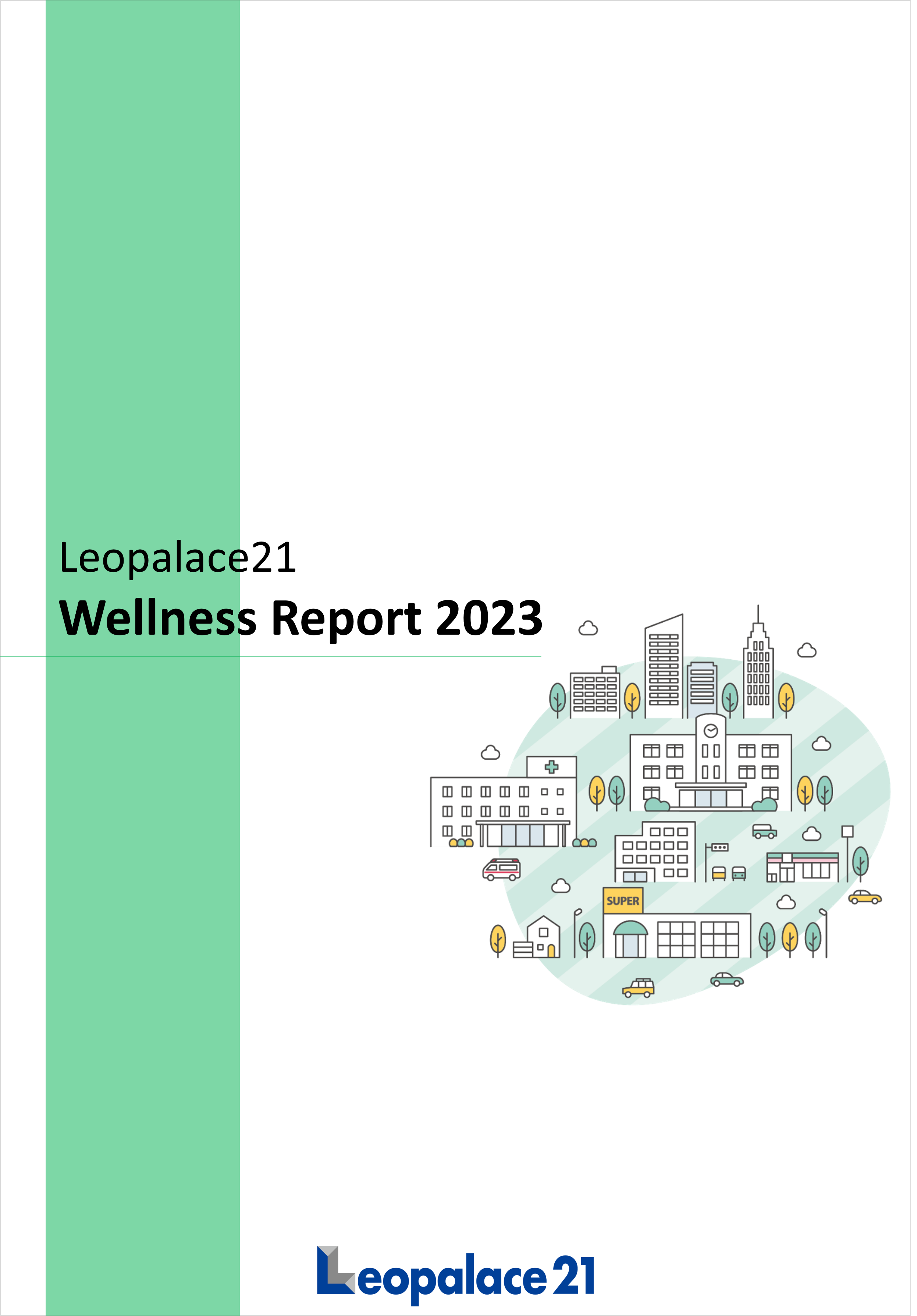
Mental health measures
Support for leave and return to work and in-house consultation system by mental specialist staff
We have a professional staff member who is certified as clinical psychologist and certified psychologist or certified psychologists stationed at all times. We have built a system that allows employees to receive professional support from the operation of an in-house consultation desk and from the time they take leave to the time they return to work.
Establishment of an external consultation desk
We have established an external consultation desk for mental and physical health that is available to all employees. In addition, we promote the use, and the recognition rate of the window rises year by year, and the utilization rate rises accordingly.
Encouraging employees to take stress checks
We are working to increase the number of people taking stress checks, which are important as primary prevention in mental health every year.
Association between health behavior and performance
Correlation between health behavior indicators and engagement or performance loss
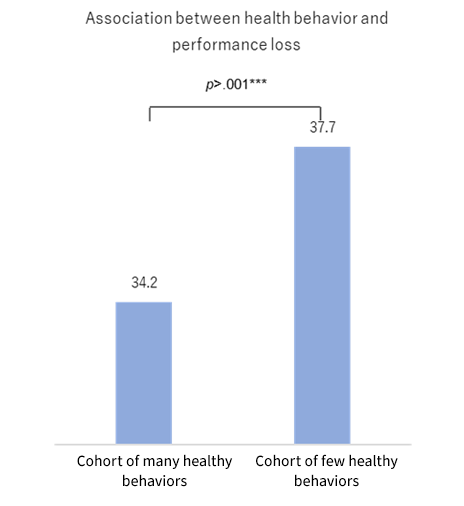
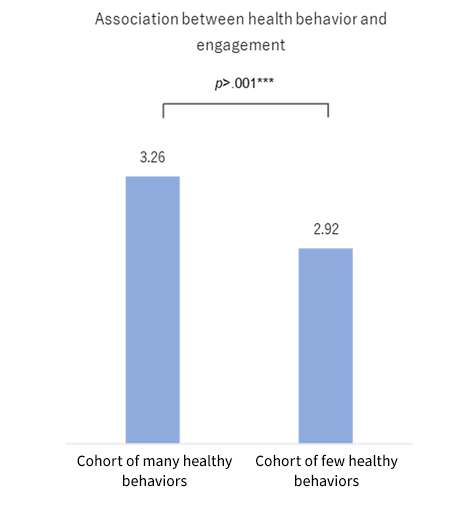
Occupational Health and Safety
Dialogue with Employees
We not only discuss health promotion issues and workplace environment improvement but collect various opinions by holding the health committee meeting. Furthermore, the committee at a monthly meeting discusses themes proposed by employees such as improving the rate of employees receiving a second medical checkup, and increasing the rate of employees taking paid leave, and conducts questionnaires as necessary to promote dialogue with employees.
Risk Assessment on Occupational Health and Safety
At the beginning of each workday at construction sites, we use a hazard prediction sheet to evaluate risks. We also accumulate close call incidents and provide opportunities for employees to share the details of such incidents.
Improving Paid Leave Acquisition
After conducting a survey of regular work at offices in 2014, we introduced a planned annual leave and refresh leave system in 2015, and introduced a program that makes it easier for employees to take paid leave. Such measures resulted in over 80% acquisition rate since 2019.
Support for employees with illnesses (e.g., cancer patients) to continue working
In-house health nurses and counselors are available for consultation at the start of treatment or when returning to work, and for subsequent follow-up.
In addition, we are working to improve health literacy by providing e-learning opportunities about cancer and raising awareness in conjunction with World Cancer Day.
SERVICE SITES
-
- Clicking the links above will take you to the home page of each site.
